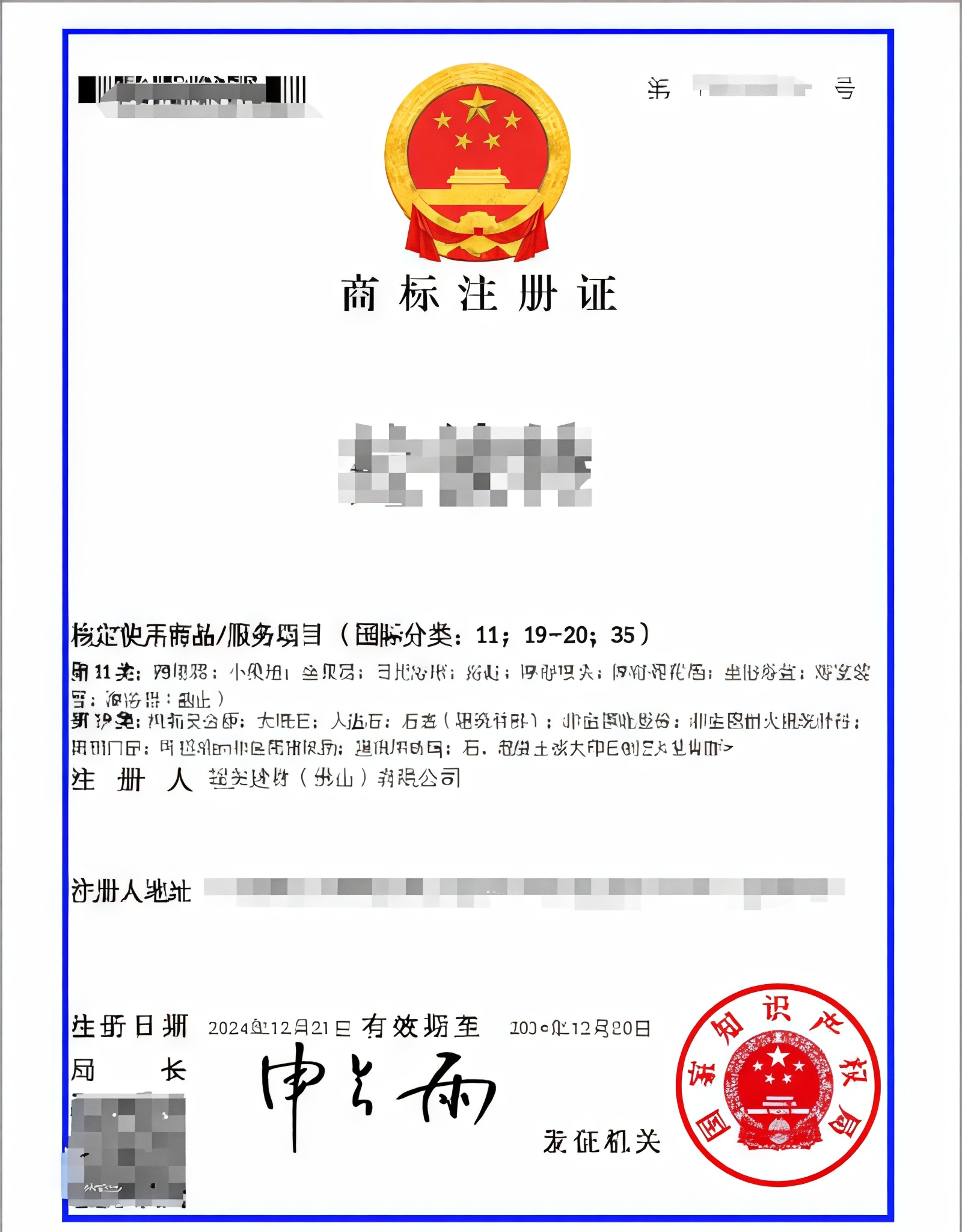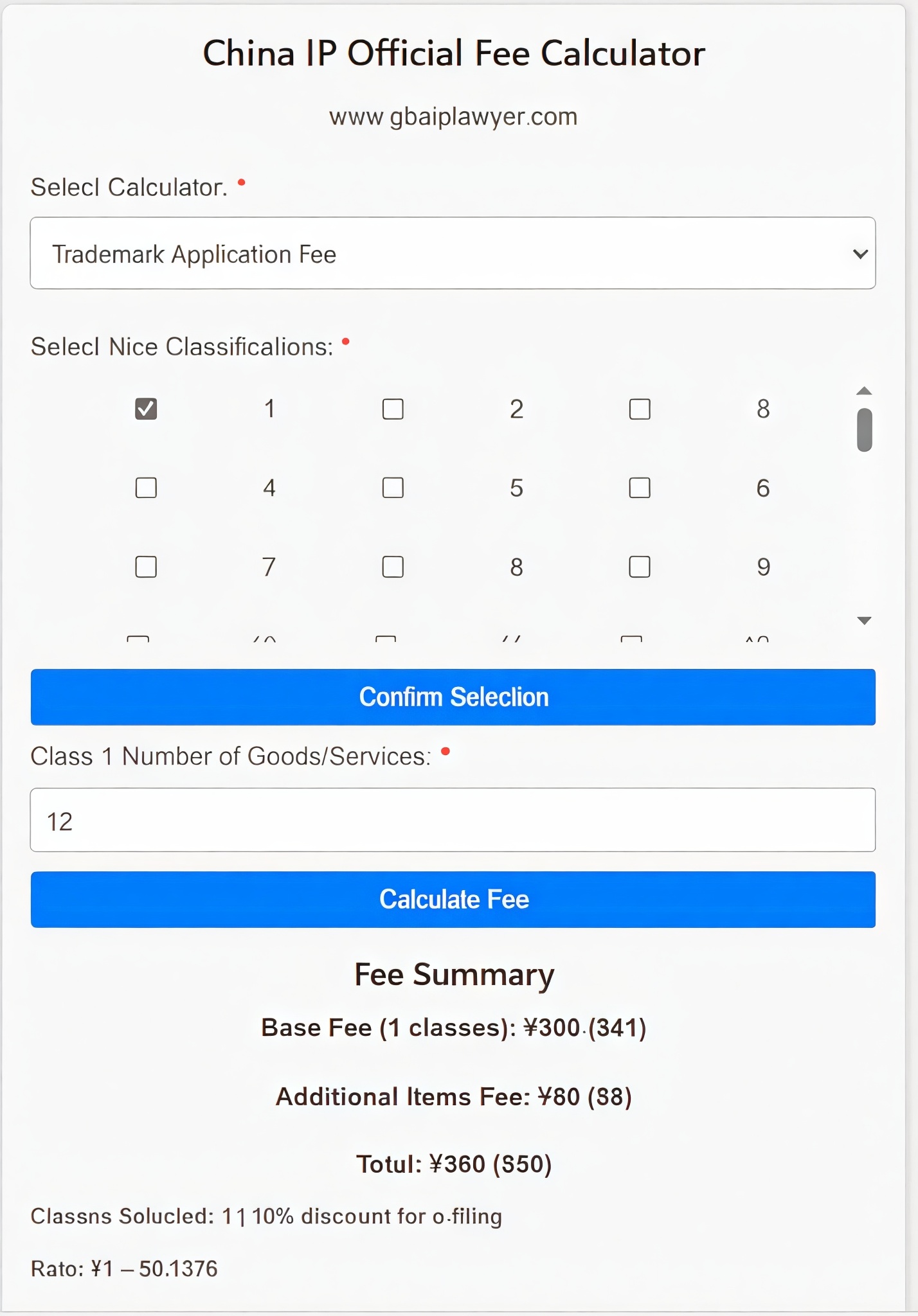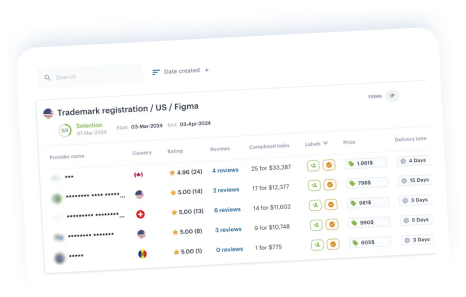Jimmy Yang, registered lawyer, patent attorney at Guangdong Pingo Law Firm.
Content
2. Trademark Registration Process
4. Consequences of Annulation a TM
5. Cases Where Companies Lost Rights
6. Challenges of Cancellation and Legal Proceedings
7. Conclusion: Is It Worth Skipping Registration?
8. Tips for Brand Protection in the PRC
Introduction
China’s booming market and strong manufacturing offer immense opportunities for businesses, but protecting your brand is critical. Foreign companies often overlook trademark annulation, leading to costly consequences. This article explores the registration process, the risks of skipping it, and why early registration is a smart investment for businesses entering the market.
Trademark Registration Process
Registering a trade mark is a structured process overseen by the China National Intellectual Property Administration (CNIPA). Below is a brief overview:
The Application Process
The process begins with submitting an application to CNIPA. Key steps include:
- Trade mark search: Conduct a search to ensure your TM is unique and not already registered under your designated classes.
- Application submission: Provide details such as the TM design, goods/services classification, and applicant information.
- Examination: CNIPA reviews the application for compliance with laws.
- Publication: If approved, it is published for 3 months for opposition.
- Registration: If unopposed, it proceeds to registration and issue a certificate (see Figure 1).

Figure 1. An example of trademark certificate issued by CNIPA
Registration Fee
The official fee for registering a TM in the PRC is approximately CNY 300 (around USD 40) per class of goods or services. Additional costs may include attorney fees or translation services for foreign applicants. We recommend a calculator for government fees on the homepage of our website. See figure 2.

Figure 2. A calculator for TM application fee.
Timelines and Key Stages
The entire process typically takes 9–12 months, depending on the complexity of the application and any oppositions. Key stages include:
- Filing: Immediate upon submission.
- Examination: 6 months.
- Publication: 3 months for opposition.
- Issuance: Certificate issued if no issues arise.
Consequences of Annulation a TM
The PRC operates on a “first-to-file” system, meaning the first party to register a TM owns it, regardless of prior use elsewhere. This makes unregistered TMs vulnerable to:
- Counterfeits: Unauthorized parties may produce and sell products under your brand.
- Bad-faith registrations: Third parties, including TM squatters, may register your brand and demand high fees to transfer ownership.
Cases Where Companies Lost Rights
A prominent example is the “新百伦” (Xīn bǎilún) TM dispute involving New Balance. New Balance, a well-known American sportswear company, began using “新百伦” as the transliteration of its brand in the market. However, a Chinese individual, Zhou Lelun, registered “新百伦” in 2004 and “百伦” in 1996 for shoes and clothing.
In 2013, Zhou sued New Balance for TM infringement. In 2015, the Guangzhou Intermediate People’s Court ruled against New Balance, ordering the company to pay RMB 98 million (approximately USD 16 million) in damages for using “新百伦” without authorization. Although the penalty was later reduced to RMB 5 million (approximately USD 740,000) on appeal, New Balance faced significant financial and reputational losses.
This case highlights the risks of annulation a Mandarin-language TM early, as bad-faith (or not) registrants can exploit the PRC’s first-to-file system to claim rights over well-known brands.
Challenges of Cancellation and Legal Proceedings
If another party registers your TM, reclaiming it is neither quick nor cheap.
Cost of Annulation Another Party’s Registration
Filing a cancellation (for registered TMs) or opposition (for pending TMs) with CNIPA can cost 500-750 CNY per class for official fees.
Hiring experienced TM attorneys is mandatory and essential if foreign clients have no residence in the PRC, with legal fees ranging from USD 2,000 to over USD 10,000 depending on the case’s complexity.
Additional expenses may include translation services, document legalization, and travel costs for court appearances.
The cost above will be multiplied if the case escalates to court for 1st instance and 2nd instance. These costs highlight the financial burden of resolving disputes that could have been prevented with early TM registration.
Duration and Complexity of Legal Disputes
Cancellation or opposition proceedings can take 1 year, while court battles may extend beyond 2-3 years. The complexity increases if the opposing party actively defends their registration or if evidence of prior use/ right/ relationship is hard to prove.
Conclusion: Is It Worth Skipping Registration?
Skipping TM registration may seem like a cost-saving move, but the risks far outweigh the initial savings. Early registration is a small investment that protects your brand from counterfeits, bad-faith registrations, and costly legal battles.
Tips for Brand Protection in the PRC
- Hire a local attorney to navigate CNIPA’s requirements.
- Register your TM (word, logo, colors, sounds, 3D) as soon as possible, even before launching in the PRC.
- Consider registering both English (or original), Mandarin versions of your brand to prevent misuse.
- Register in multiple classes to cover all relevant goods/services to avoid confusion.
- Renew your registered TMs every 10 years to avoid losing rights.
- Monitor other similar/ same TM applications for opposition or invalidation.
Protecting your brand in the PRC starts with TM registration. Don’t wait until it’s too late — act now to save time, money, and your business’s reputation.






